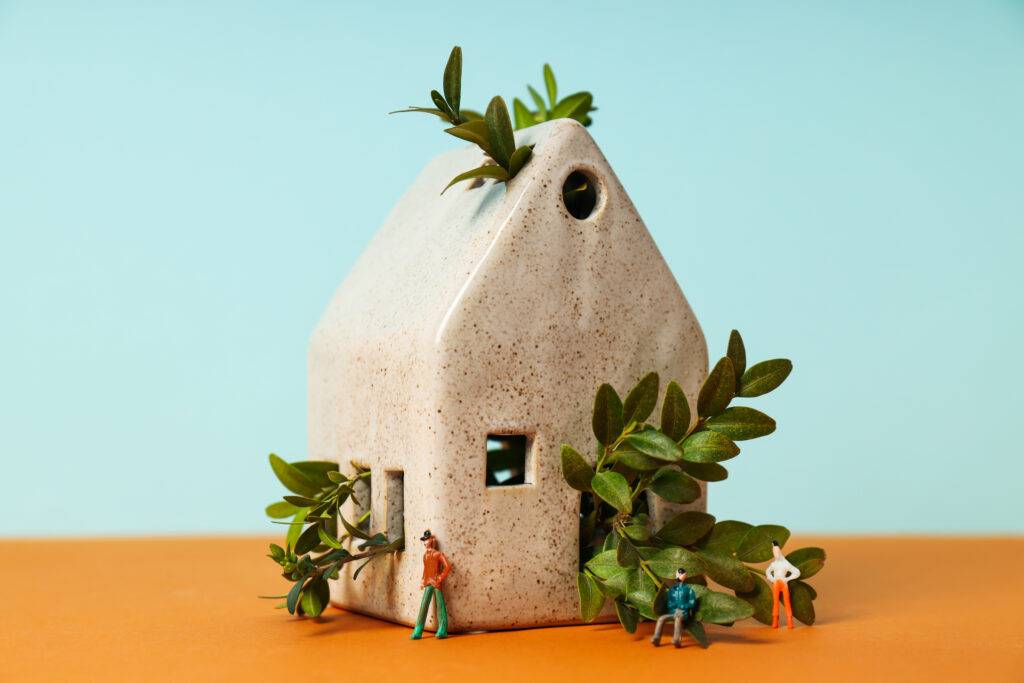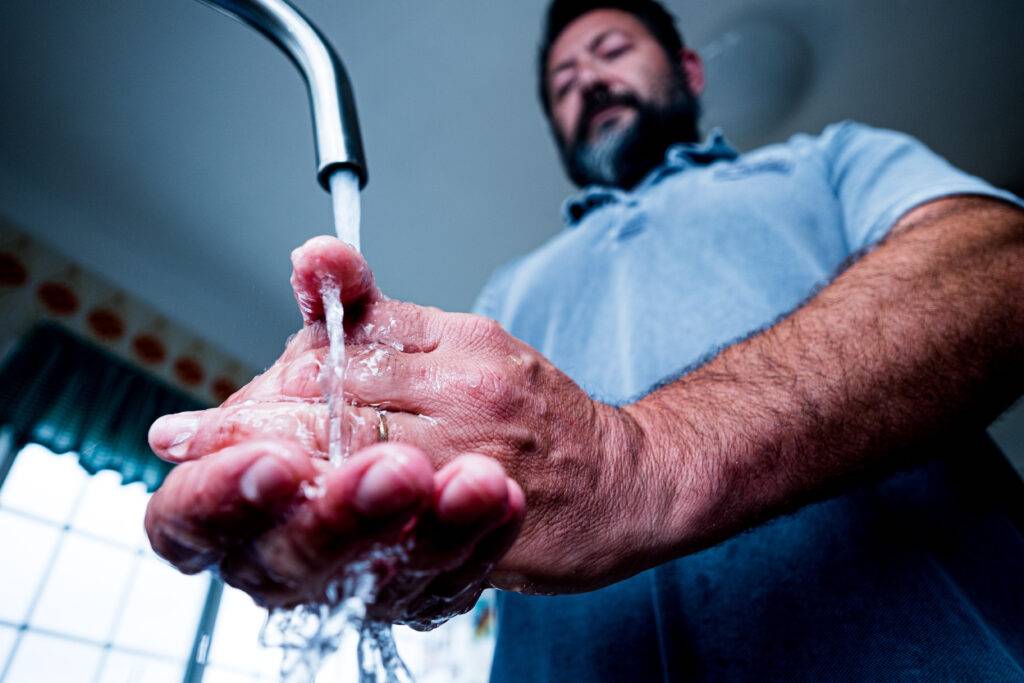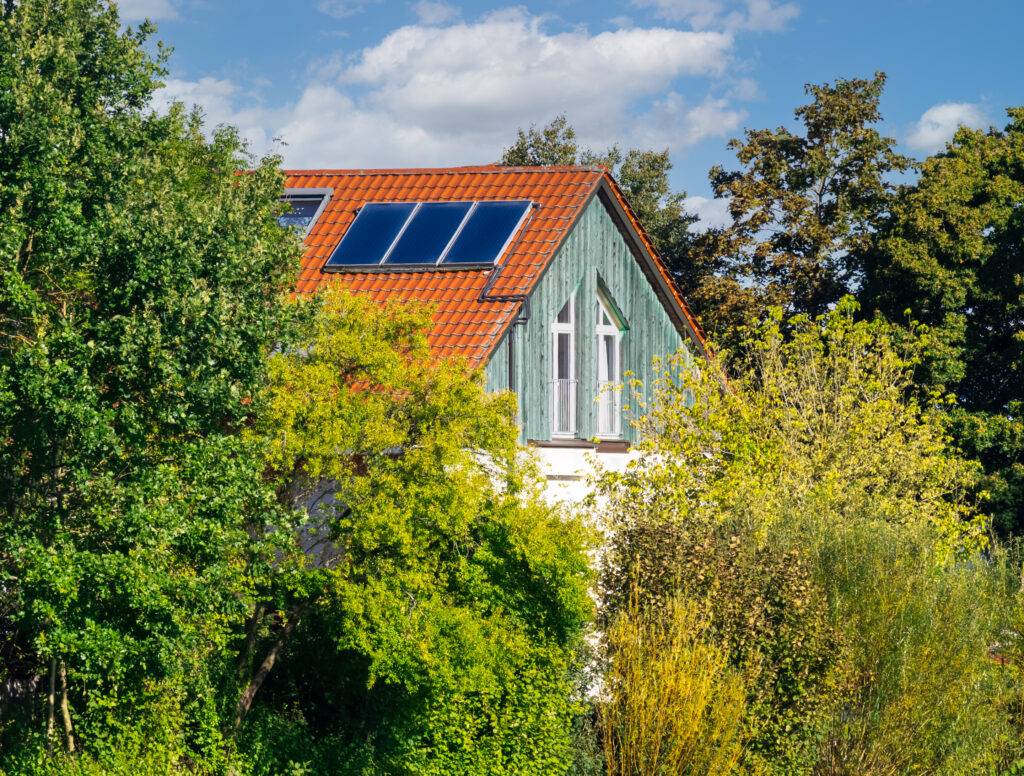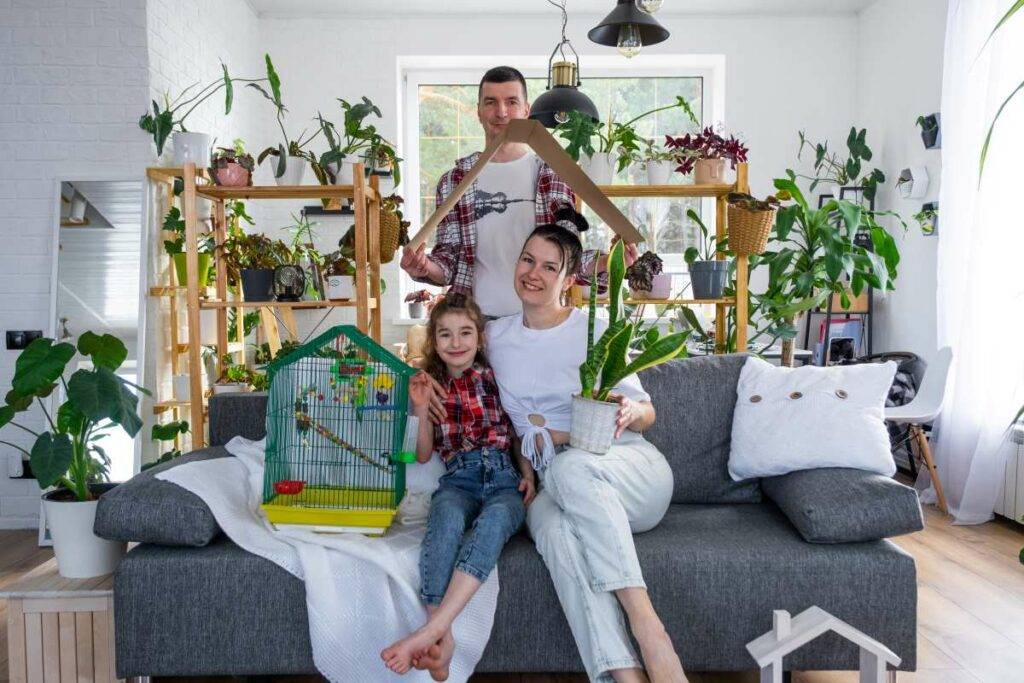Have you ever wondered about the sheer volume of resources we consume each day? Our planet’s ecosystems are crying out for help, and while I’ve spent my career reporting on sustainability, it was time to take action at home. I knew it wasn’t enough to recycle a few bottles or turn off lights, I needed to make significant changes to ensure my home was as eco-friendly as possible.
But how to Make Your House Eco-Friendly? The concept of eco-friendliness is so broad, encompassing everything from energy efficiency to waste reduction. As I stood in my kitchen, I knew that my journey toward a greener home had to start with understanding the problems I needed to solve.
How to Make Your House Eco-Friendly?

The first step toward making my house eco-friendly was to take a comprehensive look at my environmental impact. This wasn’t just about energy usage or recycling; it was about rethinking my entire approach to daily living. I started by examining my electricity bills and was shocked to find that my energy consumption was higher than I had imagined. Lights left on, electronics plugged in, and old appliances were all contributing to my home’s energy inefficiency.
Water was another area of concern. I discovered that my water bill was steadily increasing, which pointed to excessive usage. Long showers, a constantly running dishwasher, and frequent lawn watering were prime suspects. Waste generation was the third key problem. My garbage bins were overflowing with single-use plastics, food waste, and other non-recyclable materials.
It was clear that to make my home eco-friendly, I needed to address energy, water, and waste. But what would it take to turn this vision into reality?
What is Needed to Achieve Eco-Friendliness?

I dived deep into the world of eco-friendly solutions, reading articles, watching videos, and consulting with sustainability experts. The breadth of information was overwhelming, but I distilled it into a few key areas that would have the most significant impact.
Energy Efficiency: The key to reducing energy consumption is to switch to energy-efficient appliances, lighting, and systems. I learned that LED bulbs consume significantly less energy than incandescent ones. Smart thermostats can optimize heating and cooling, reducing unnecessary energy use. Power strips with automatic shut-off features can prevent energy waste from devices on standby.
Water Conservation: To tackle water waste, I explored low-flow faucets and showerheads, which can cut water usage without compromising performance. Rainwater harvesting systems seemed like an innovative way to reuse water for my garden and lawn. I also found out that fixing leaks and upgrading toilets to low-flow models could lead to significant water savings.
Waste Reduction: Composting and recycling are fundamental to reducing waste. Composting not only diverts organic waste from landfills but also creates nutrient-rich material for gardens. Recycling, when done correctly, ensures that materials are reused rather than discarded. I also explored alternatives to single-use plastics, such as reusable shopping bags, water bottles, and food containers.
Sustainable Landscaping: Reducing lawn size and planting native species can create a more eco-friendly garden. Native plants require less water and maintenance and support local wildlife. Xeriscaping—using drought-resistant plants—was another interesting concept for reducing water usage.
Armed with this research, I was ready to implement the changes needed to make my home more sustainable.
How to achieve Eco-Friendly Housing?

Implementing these changes required time, effort, and some investment, but I knew it would be worth it in the long run. Here’s what I did to turn my house into an eco-friendly haven:
Energy Efficiency Upgrades: I started by replacing all incandescent bulbs with LED lights, significantly reducing my energy consumption. I installed a smart thermostat, allowing me to control heating and cooling remotely and schedule energy-saving settings. I also replaced my old refrigerator, dishwasher, and washing machine with energy-efficient models.
Water Conservation Measures: I installed low-flow faucets and showerheads throughout my home. I fixed leaky pipes and upgraded my toilets to low-flow models. To conserve water outdoors, I set up a rainwater harvesting system to collect rainwater for my garden.
Composting and Recycling: I set up a compost bin in my backyard for food waste. This not only reduced my garbage output but also provided compost for my garden. I also started recycling more diligently, separating recyclable materials from general waste and ensuring they were correctly processed.
Reducing Single-Use Plastics: To reduce waste, I began using reusable shopping bags, refillable water bottles, and reusable food containers. I also started buying products with minimal packaging and seeking out items made from recycled materials.
Sustainable Landscaping: I transformed my backyard by planting native plants and reducing the size of my lawn. This not only reduced my water usage but also created a habitat for local wildlife. I also explored xeriscaping, which requires minimal watering and maintenance.
Try making your house self-sustainable by learning how to install solar panels.
Conclusion
The transformation was remarkable. My energy bills dropped significantly, and my water usage was noticeably lower. The compost bin in my backyard became a source of nutrient-rich material for my garden, and my recycling efforts reduced the amount of trash I sent to the landfill. My backyard, once a plain lawn, was now a vibrant space filled with native plants and visiting birds and butterflies.
Beyond the practical benefits, I felt a sense of pride and accomplishment. I was contributing to a more sustainable future, one small step at a time. The journey wasn’t always easy, but it was incredibly rewarding. By taking these steps, I made my house eco-friendly, and you can too.
How much does it cost to make a house eco-friendly?
The cost varies depending on the extent of the changes. Small measures like switching to LED lights or installing low-flow faucets are relatively inexpensive. Larger projects, such as upgrading appliances or installing solar panels, require a more significant investment. However, many of these costs are offset by long-term savings on energy and water bills, as well as available incentives and tax credits.
Can I make my house eco-friendly without major renovations?
Absolutely. You can start with small changes like reducing energy usage, composting, recycling, and using reusable products. These steps can have a substantial impact without requiring major renovations. If you’re ready for bigger changes, consider upgrading appliances or installing solar panels to further reduce your carbon footprint.
How do I choose eco-friendly products?
Look for products with eco-friendly certifications, such as ENERGY STAR for energy-efficient appliances or WaterSense for water-efficient fixtures. Consider the product’s lifecycle, including manufacturing, use, and disposal. Opt for products made from sustainable or recycled materials, and choose those with minimal packaging. When in doubt, research the company’s sustainability practices to ensure they align with your eco-friendly goals.

